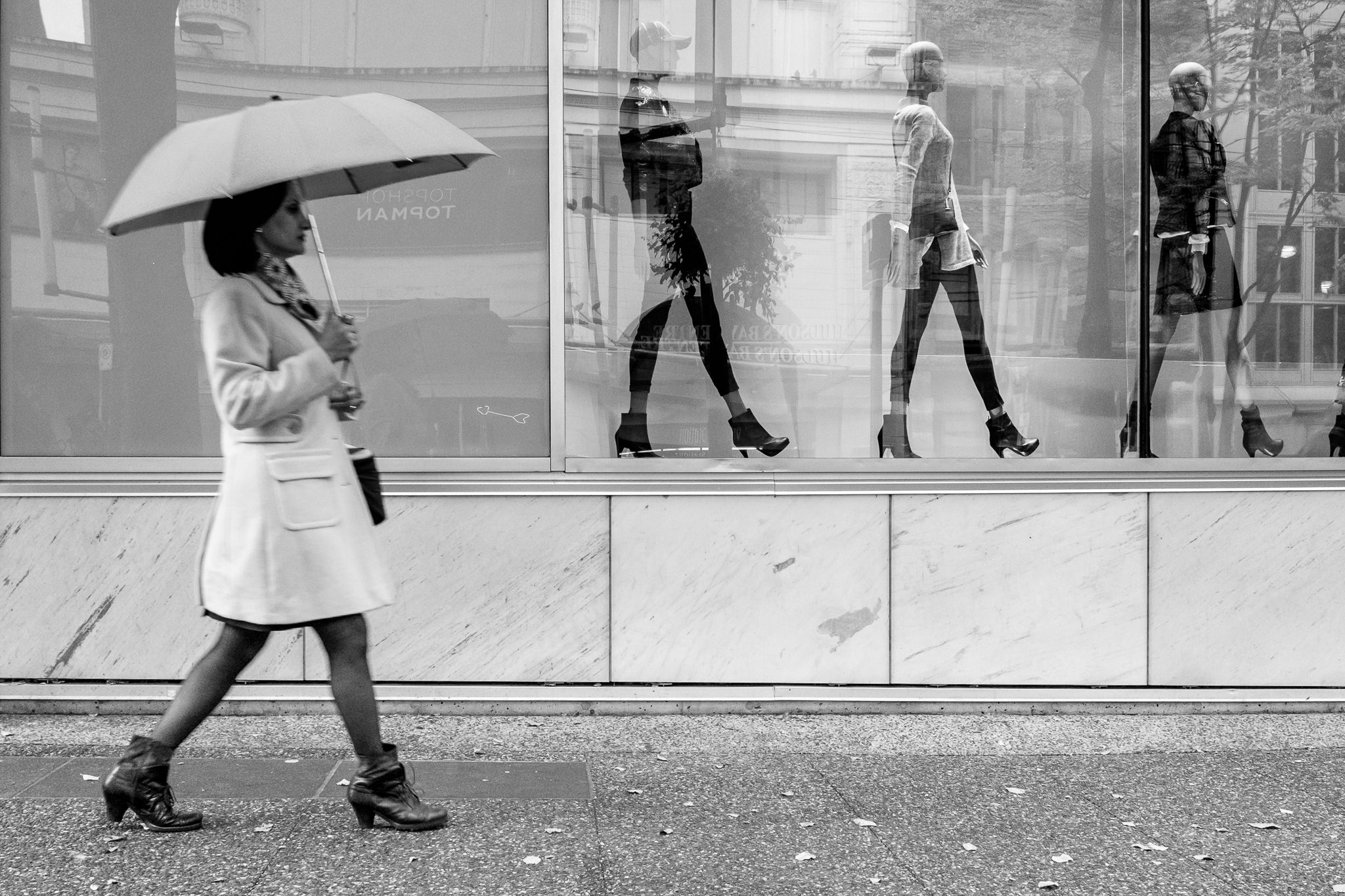Examine This Report on Framing Streets
Excitement About Framing Streets
Table of ContentsThe Greatest Guide To Framing StreetsNot known Factual Statements About Framing Streets Some Known Facts About Framing Streets.Framing Streets Fundamentals ExplainedThe smart Trick of Framing Streets That Nobody is Talking AboutMore About Framing Streets
, usually with the purpose of capturing images at a crucial or poignant moment by mindful framework and timing. https://www.youmagine.com/framingstreets1/designs.
The Definitive Guide for Framing Streets
Susan Sontag, 1977 Road photography can concentrate on individuals and their habits in public. In this respect, the street photographer resembles social documentary photographers or photojournalists who likewise operate in public locations, however with the goal of catching relevant occasions. Any one of these digital photographers' photos may catch individuals and property visible within or from public areas, which usually involves browsing ethical problems and legislations of privacy, protection, and home.
Depictions of everyday public life create a category in nearly every period of globe art, starting in the pre-historic, Sumerian, Egyptian and very early Buddhist art durations. Art taking care of the life of the street, whether within sights of cityscapes, or as the leading theme, shows up in the West in the canon of the Northern Renaissance, Baroque, Rococo, of Romanticism, Realism, Impressionism and Post-Impressionism.
7 Simple Techniques For Framing Streets
Louis Daguerre: "Blvd du Temple" (1838 or 1839) In 1838 or 1839 the very first picture of figures in the road was taped by Louis-Jacques-Mand Daguerre in among a set of daguerreotype views drawn from his workshop home window of the Blvd du Temple in Paris. The second, made at the elevation of the day, reveals an uninhabited stretch of road, while the various other was taken at about 8:00 am, and as Beaumont Newhall records, "The Blvd, so continuously full of a relocating throng of pedestrians and carriages was completely solitary, except an individual that was having his boots combed.
, that was influenced to carry out a similar paperwork of New York City. As the city developed, Atget aided to advertise Parisian roads as a deserving subject for photography.

Not known Facts About Framing Streets
The chief Mass-Observationists were anthropologist Tom Harrisson in Bolton and poet Charles Madge in London, why not try here and their initial report was created as guide "May the Twelfth: Mass-Observation Day-Surveys 1937 by over two hundred viewers" [] Window cleaner at Kottbusser Tor, Berlin, by Elsa Thiemann c. 1946 The post-war French Humanist Institution professional photographers located their topics on the road or in the diner. Andre Kertesz.'s widely appreciated Images la Sauvette (1952) (the English-language version was titled The Definitive Minute) advertised the idea of taking a photo at what he called the "decisive moment"; "when type and web content, vision and make-up merged right into a transcendent whole" - sony a7iv.
Unknown Facts About Framing Streets
The recording device was 'a concealed electronic camera', a 35 mm Contax hidden below his coat, that was 'strapped to the breast and connected to a lengthy cord strung down the right sleeve'. Nevertheless, his job had little modern influence as as a result of Evans' sensitivities regarding the originality of his job and the personal privacy of his topics, it was not published until 1966, in guide Many Are Called, with an intro written by James Agee in 1940.
Helen Levitt, after that an educator of kids, linked with Evans in 193839. She documented the temporal chalk drawings - Best Zoom Lens that became part of children's street culture in New york city at the time, in addition to the youngsters who made them. In July 1939, Mo, MA's new digital photography section included Levitt's operate in its inaugural exhibitionRobert Frank's 1958 book,, was considerable; raw and usually out of emphasis, Frank's images questioned traditional photography of the time, "tested all the formal rules set by Henri Cartier-Bresson and Pedestrian Evans" and "flew in the face of the wholesome pictorialism and wholehearted photojournalism of American publications like LIFE and Time".